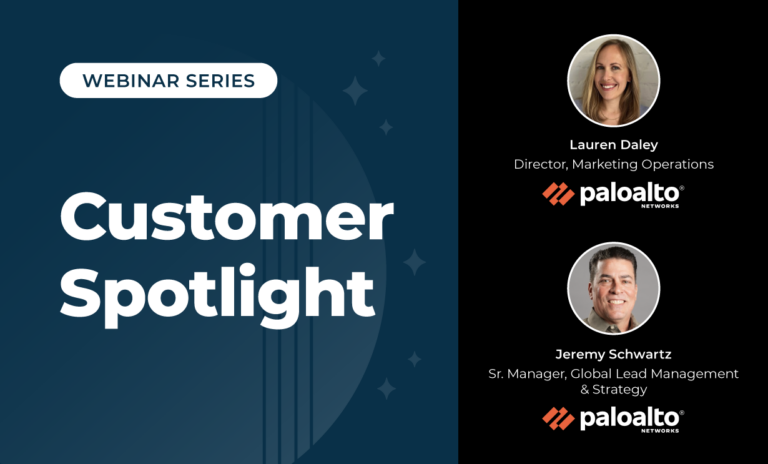Automated business meeting scheduling is redefining both speed to lead and the customer experience.
Traditional scheduling of business meetings involves a back-and-forth between customer and company. For the customer, that process frequently results in a seemingly endless litany of emails, phone calls and voicemails.
For an organization, its representatives experience the same productivity killers as customers, but with the added burden of manually referencing and updating calendars and spreadsheets.

Manual scheduling processes deliver a horrible experience, for both external and internal customers alike. And, for prospective customers, the delays in lead response time (aka, “speed to lead”) can be literal deal breakers.
Fortunately, there’s a solution to these paint points: automated business meeting scheduling.
What is Automated Meeting Scheduling?
Automated meeting scheduling is a technology solution that automates the scheduling process for inbound customers and prospective customers. Typically, the solution integrates with an organization’s website and allows site visitors to book meetings with the most appropriate representative.
“Appropriate” is a critical consideration in scheduling meetings. Leading solutions, like LeanData’s BookIt, are robust enough to correctly identify to whom within the organization a meeting gets booked. In this manner, the solution ensures existing customers are scheduled with the right Customer Success Manager, and prospective customers are scheduled with the best Sales Development Representative or Account Executive.
What are the Benefits of Automated Meeting Scheduling?
Scheduling automation streamlines the initial scheduling process for inbound visitors. It eliminates the annoying back-and-forth of traditional scheduling and reduces the time, effort and energy in booking a meeting. However, the benefits derived for customers and company representatives go far beyond just the initial phase of scheduling. Additional benefits include:
- Improved customer experience — site visitors quickly and easily schedule appointments at their convenience.
- Increased productivity — quick scheduling resolution eliminates all back-and-forth communication to schedule appointments, allowing reps to complete more value-added activities.
- Optimal allocation of internal resources — customizable scheduling logic reduces scheduling conflicts and optimizes individual calendars.
- Reduced number of missed meetings — automated confirmations, reminders and follow-ups decrease missed appointments.
- Continuous operational improvement — aggregated data provides insights on a variety of customer-centric metrics, allowing the continued refinement of communication strategies and meeting execution.
A New Standard for Lead Response Time
Every professional on a revenue team knows the importance of speed to lead, particularly in the response time to inbound site visitors who have requested action. Consider the following speed to lead/lead response time statistics:
- 78 percent of customers buy from the company that responds to their inquiry first (Lead Connect)
- 391 percent increase in lead conversions when responding within one minute (Velocity)
- Sellers are 21x more effective when calling within five minutes of prospective customer first contact as opposed to calling after 30 minutes (LeadSimple)
- Sellers are 7x more likely to qualify leads when reaching out with an hour as opposed to just one hour later (Harvard Business Review)
Today, in many ways, automated meeting scheduling solutions are making those statistics a thing of the past.

With automated scheduling, inbound site visitors are, in effect, responding to their own inquiry by scheduling a next-step meeting at their convenience. In addition, along with their meeting confirmation email, they receive links to resources or attachments that add relevant context to their upcoming meeting. This allows for greater productivity when the meeting takes place.
And, the beauty of it all is that the initial company “response” happens before the organization even knows the site visitor took action. The automated scheduling solution essentially turned speed to lead from hours or minutes to … instantly.
Customers’ digital journeys require speedy responsiveness more than ever. As such, automated meeting scheduling solutions find themselves as critical components in today’s more efficient revenue tech stacks.
Improving the Inbound Customer Experience
Traditional meeting scheduling is rife with friction, for both customers and a company’s representatives. Automating legacy manual processes puts power into the hands of customers, allowing them to immediately schedule a meeting to further advance their journeys with an organization.
Moreover, automated scheduling eliminates unnecessary time delays in a response to site visitor inquiries. Customers’ expectations are met as they set the meeting time. And, most importantly to the company, no inquiry gets lost or mishandled!








